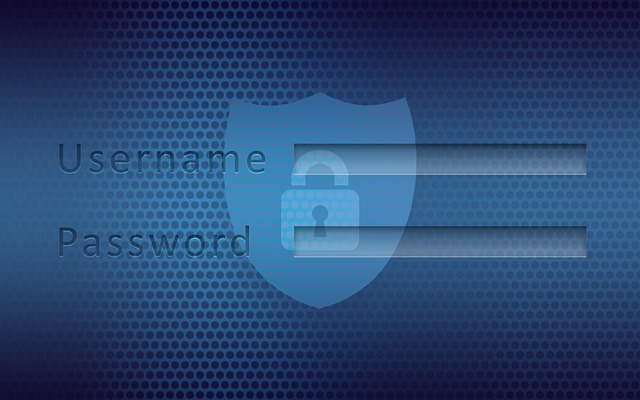In shared student housing, balancing a vibrant social life with privacy involves understanding tenant rights, open communication, and establishing physical boundaries. Students can create their own sanctuaries using room dividers or curtains, preserving moments of solitude while enjoying community in common areas. Proactive online behavior, including strong passwords, antivirus software, and VPN usage, protects personal information and enhances the student social life with a secure digital footprint.
In shared student housing, balancing privacy and community can be a delicate act. This guide provides essential tips to navigate this unique environment. First, understand your privacy rights in communal spaces. Next, create physical boundaries to ensure personal safety. Lastly, explore digital security measures for a secure yet connected student social life. By implementing these strategies, you can foster a comfortable living space that respects both individual needs and shared experiences.
- Understanding Your Privacy Rights in Shared Spaces
- Creating Physical Boundaries for Personal Safety
- Digital Security Measures for Student Social Life
Understanding Your Privacy Rights in Shared Spaces

In shared student housing, it’s essential to understand your privacy rights and how they intersect with a vibrant student social life. While living with roommates offers a unique opportunity for camaraderie and community, it also requires careful navigation of personal space. Familiarize yourself with your rights as a tenant in your specific country or region, focusing on the boundaries between shared spaces and private areas. This knowledge will empower you to establish clear expectations with your roommates and create a comfortable environment that supports both your social needs and privacy requirements.
Respect for one another’s privacy is a cornerstone of harmonious living. Open communication about personal space, study habits, and noise levels can foster an inclusive atmosphere. Balancing the desire to engage in student social life while maintaining a sense of privacy requires active participation from all residents. By having these conversations early on and setting clear boundaries, you can ensure that your shared housing experience is both enriching and private.
Creating Physical Boundaries for Personal Safety

In shared student housing, creating physical boundaries is a powerful tool for maintaining privacy and personal safety amidst an active social life. Room dividers, curtains, or carefully placed furniture can subtly separate living spaces, allowing residents to control their environment. This is especially important in common areas like kitchens or lounges where interactions are frequent. By establishing these boundaries, students can enjoy the camaraderie of shared living while preserving moments of solitude and privacy.
Furthermore, considering the placement of personal belongings and maintaining a sense of ownership within common spaces contributes to this safety net. Students should feel empowered to create their own little sanctuaries within the shared housing environment, ensuring they have control over who enters and when. This practice not only enhances privacy but also fosters a sense of community where everyone respects each other’s boundaries, making the social aspects of student life more enjoyable and less overwhelming.
Digital Security Measures for Student Social Life

In today’s digital era, maintaining privacy in shared student housing goes beyond locking doors. Students need to be proactive about their online presence and digital security. Implementing robust digital security measures is a key aspect of preserving a healthy student social life. Start by setting strong passwords and enabling two-factor authentication on all accounts, especially those containing personal information or sensitive data related to academic work.
Regularly update antivirus software and use firewalls to protect against cyber threats. Be cautious when connecting to public Wi-Fi networks, utilizing VPNs whenever possible to encrypt internet traffic. Educate yourself about phishing scams and avoid clicking suspicious links or sharing personal details online. These measures will help safeguard your digital footprint, ensuring a more secure and enjoyable student social life.






